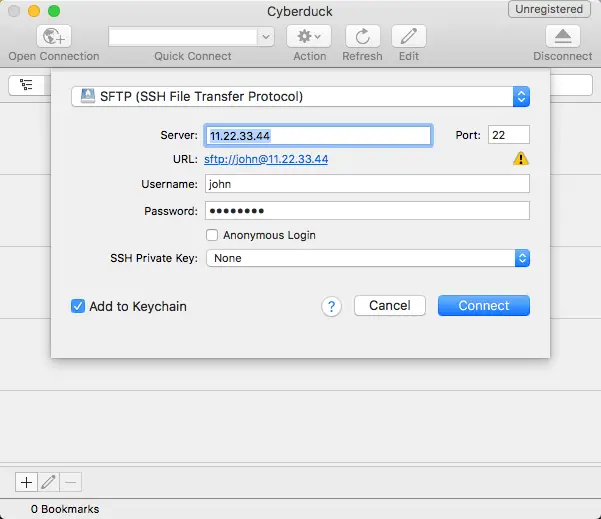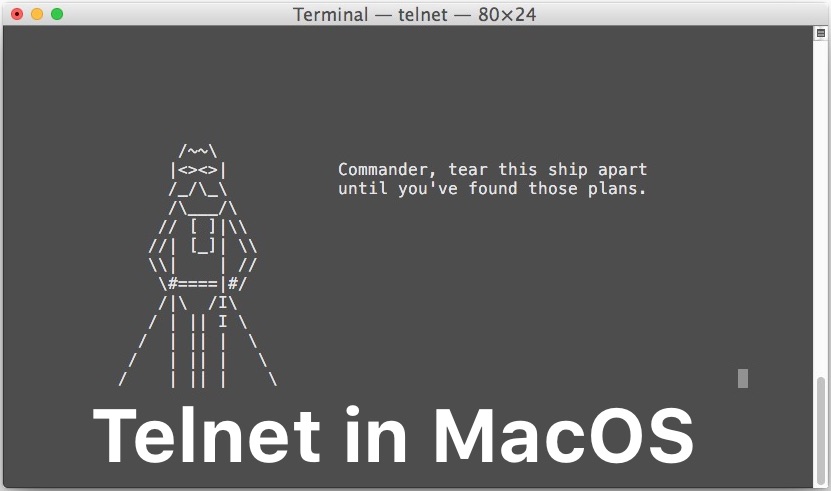


For example, you can use telnet command on the Terminal to access the Telnet server on your Mac: anand$ telnet localhost Now you can try using Telnet client to your Mac.

Launchd% load -F /System/Library/LaunchDaemons/ist You can follow the following steps: anand$ sudo launchctl However, if you need to make your Mac OS X (Mavericks) to run as a Telnet server you can enable it from the Terminal via launchctl command. You can use Telnet client on Mac OS X by running telnet command in the Terminal followed by ip address or domain name of the server: anand$ telnet localhost One endpoint acts as a server and another acts as a client. Telnet is a network protocol and a network application that provides bidirectional interactive text-oriented communication between two endpoints.


 0 kommentar(er)
0 kommentar(er)
